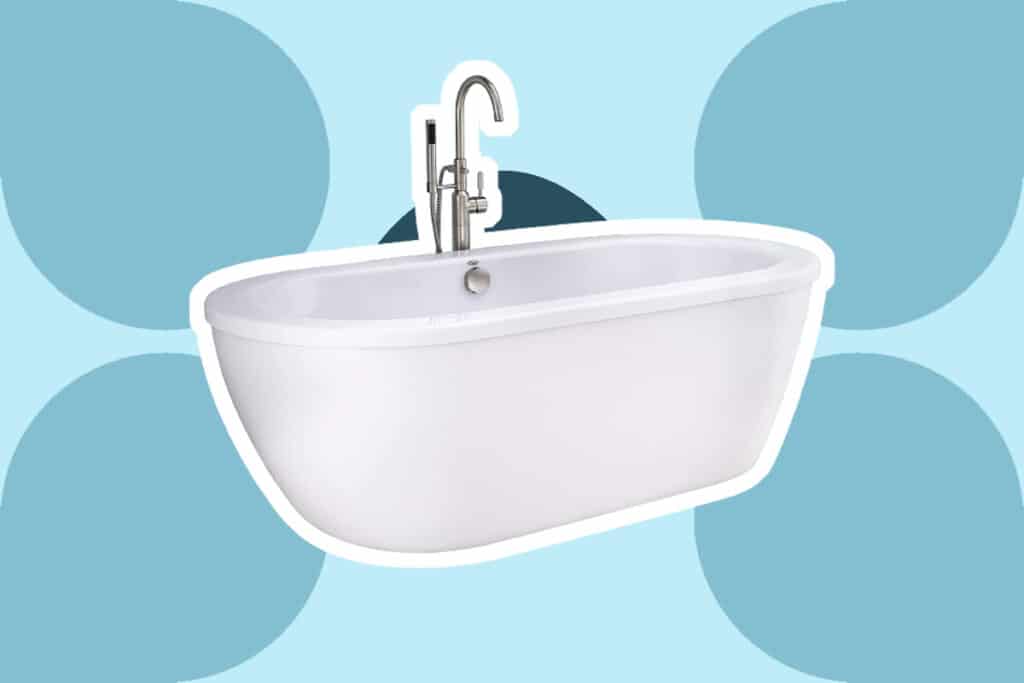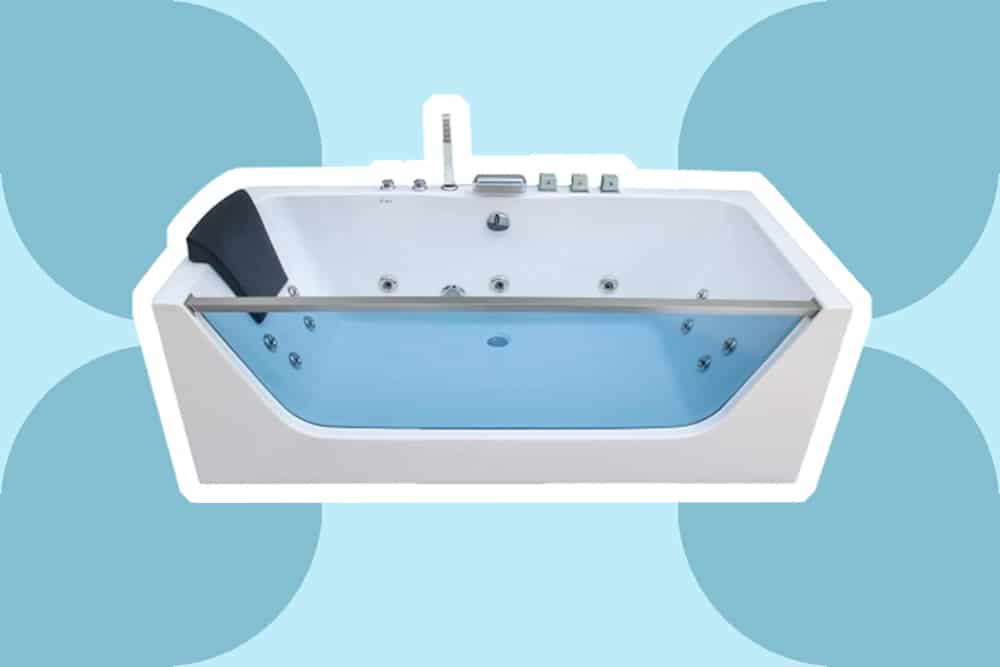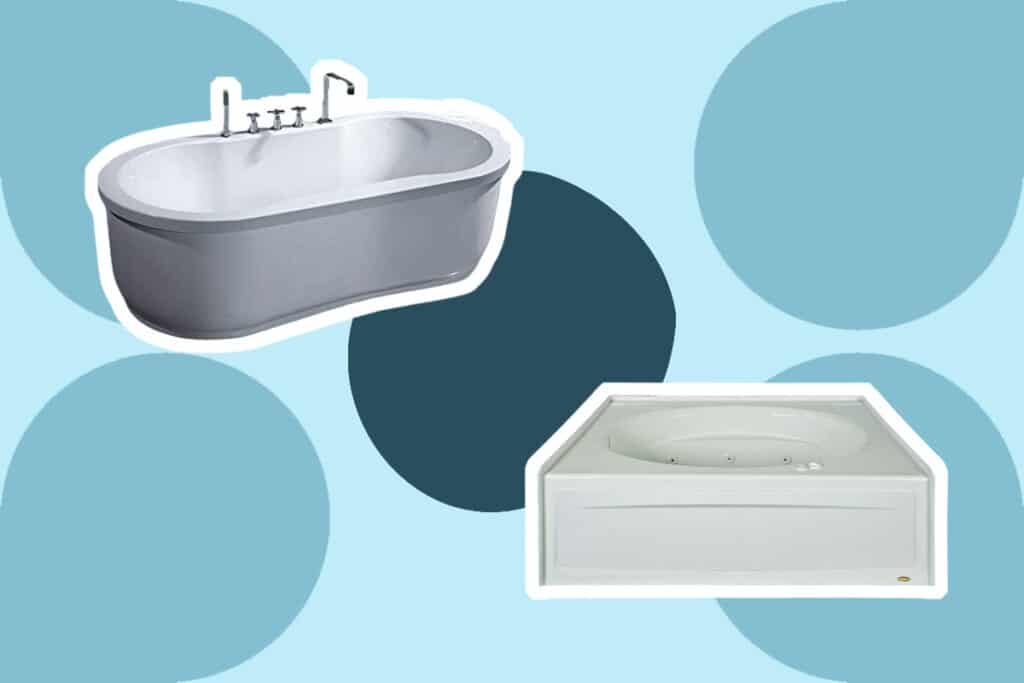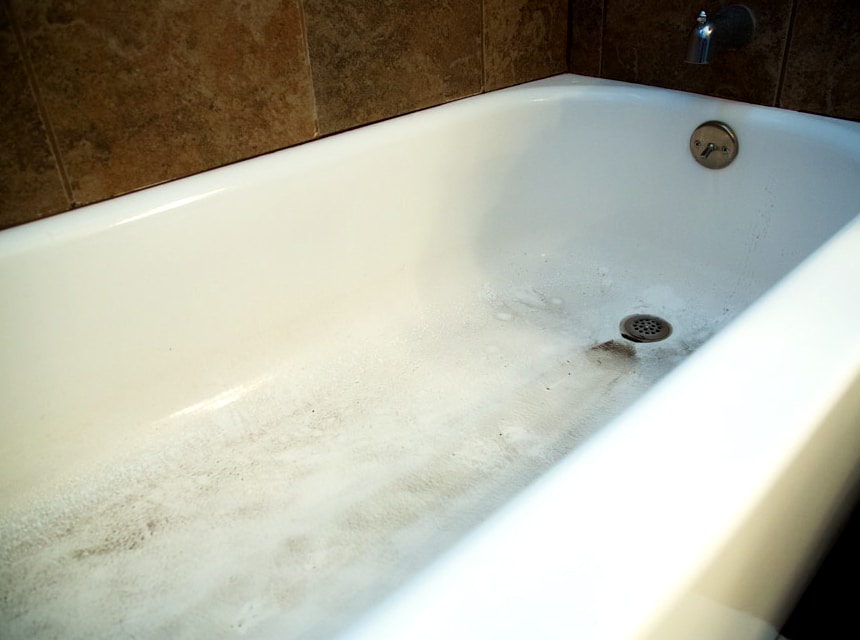

This article provides instructions on how to go about wiring your hot tub or spa from start to finish.
Before you can use the fancy new 240V hot tub or portable spa that you just bought, you’ll have to connect it to your home’s power system. Unfortunately, hot tub wiring is a risky affair that could lead to death or serious injuries if you’re unfamiliar with the process. However, if you get reliable instructions on how to pull it off, the risk is significantly reduced.
There are, of course, some dos, some don’ts, and tips on how to get the best results. We’ve looked into all these and included them below. However, while this guide is informative on best practices, we still recommend that a licensed electrician with previous experience in handling spas tackle the job. They have the skills and experience to do the installation and wiring without any issues and are more equipped to deal with unforeseen situations.
There are some hot tub and bathtub wiring basics you need to know even before purchasing the appliance. One example is that you should always shut off the power at your home’s service panel before you try installation or wiring a hot tub. After all, you could get electrocuted if you approach the process carelessly.
Also, confirm that your electrical service can handle such an appliance. Recently-built and renovated homes have at least a 100 amp service, which should work. However, it won’t hurt to have an electrician confirm this for you if you can’t do it yourself.
Next, there are rules and regulations to follow during the installation. For instance, local regulations dictate how deep the wiring for the tub should go. More often than not, this figure is 18” below ground, although that can change depending on the location.
Also, the National Electrical Code (NEC) dictates that there be a manual disconnect device added to the spa’s installation process. It should be close enough to the tub to reach and see easily. The recommended distance is roughly five feet, with an insistence on keeping it in the line of sight of the hot tub.
Furthermore, a ground fault circuit interrupter (GFCI) should be included as well. This safety device works automatically to disconnect the hot tub from the power service in the house if it detects potentially dangerous problems with the power. While unlikely, even this device has the potential to fail, which is why the NEC insists on the manual disconnect device mentioned above as well.
Lastly, it’s dangerous to connect a 4-wire spa to a 3-wire system, so avoid it at all costs.
Notably, most of these installation basics may work for 240V spas that have to be hardwired into your home’s electrical service but don’t apply to 120V plug-and-play hot tubs. However, there are some rules for this as well. E.g., There needs to be a dedicated outlet between five and ten feet from the spa.
This is in line with the cords supplied with the spa or whirlpool tub that’s typically 15 feet long. Often a GFCI is built into 120V spas and bathtubs. However, it can’t hurt to have extra protection by adding an external one to the installation.
There’s a host of materials and tools necessary for the installation. If you’re an avid DIYer, you may have some of the tools. However, for the rest, you’ll have to purchase, lease, or rent them. If you’re using the services of a certified electrician, they’ll have the tools for the job as well. They include:
You’ll need to drill holes in a couple of places, e.g., your walls, the concrete that serves as a base for your hot tub, e.t.c. Of course, the right bits should also come in handy. These include pilot bits, hole saw attachments, concrete drill bits, and more.
You’ll also have to run the wiring through the ground. As such, you can run it through PVC pipe as a reasonably cheap option to keep it protected. This will require a PVC cutter on hand so you can cut and size it to meet your installation’s design.
Of course, you can’t size things like the PVC pipe if you don’t have a tape measure. It can also be handy for determining what size wire is appropriate.
Once the PVC pipe conduit is in place, you’ll need to run wires through it. This is where the fish tape comes in. It’ll help pull the wire from one end of the conduit to the other.
The wires also need to be sized down to achieve an appropriate size for the installation. The wire cutter is quite adept at the job.
Furthermore, you’ll have to strip the wires before connecting them to the GFCI, service panel, and the hot tub’s control system box. You can use the wire stripper for these functions, although it’s likely that you may have to use it before that as well.
Pliers could come in handy in several situations during the installation, so it’s best to have them on you at all times. They might even help you strip and cut wires if you don’t have wire cutters and strippers around.
According to reviews by both users and experts, one of the most versatile pliers sets is the WORKPRO 7-piece for DIY and home use. It consists of seven pliers variations with hardened cutting edges. The tools are also made using durable drop-forged polished steel for longevity.
Since the electric conduits will be underground, shovels and digging equipment will help you dig the necessary trenches.
Lastly, you’ll need to tighten some screws in your service panel, GFCI box, and spa control box, with the screwdriver being appropriate for the job. Users recommend having the Amartisan 42-piece box set of screwdrivers at home for such installation jobs. The set incorporates five different screwdriver types with magnetic bit holders, so users have an easier time using the tools.
As for the materials, here’s the full list:
Notably, you want to pick stranded wire as, according to Electrical Engineering Trusted Source Stranded vs Solid Wire - 10 Essential differences between Cable Types A solid wire comprises a single metalcore while a stranded wire contains a large number of twisted wires that are wrapped together to form a helix-shaped bunch. Today you’ll learn 10 essential differences between both types of wires. Let’s understand stranded vs solid wires. www.electricalengineering.xyz , they are flexible and take more kindly to bending, which is necessary during the do-it-yourself hot tub wiring procedure.
With all the materials and tools ready, here’s how to wire a 220/240V hot tub.
Find your home’s service panel. It’s a metallic gray box. Typically, it will be along the inside surface of one of the house’s exterior walls. Remember, this is where you’ll be sourcing the power from, so you should be careful when dealing with the box.
Drill a hole right to it using your electric drill and hole saw attachment. You might also need to use the pilot bit. While you’re at it, you should also drill a drill on the lower side of the spa. This will give your wires an inlet so they can connect to the spa’s control system.
If your hot tub or spa is already in place, you can easily pick a spot for your weatherproof disconnect GFCI box. Remember to adhere to the rules. Five feet is the minimum recommended distance from the tub or spa. However, it shouldn’t be too far either.
Attach the GFCI box. Since it’s weatherproof, you could even find a spot for it on the exterior surface of a wall.
Dig trenches for the wiring. Notably, one trench should run from the hole in the wall next to the service panel to the GFCI box. Another one should run from the GFCI box to the hot tub or spa. More often than not, these two connect.
In most cases, this trench should be 18” deep, but as we mentioned above, this trench can be deeper or narrower depending on local regulations. Also, please note that as you dig, there may be some pre-existing wiring or piping in the ground.
If you’re worried about this potential eventuality, you can use the services of private utility locators to make sure you don’t destroy any existing fittings as you dig.
Here you’ll have to add the PVC conduits, and this includes a couple of mini-steps. First, connect the flexible PVC to the LB conduit, both of which are in your supplies. Push the flex pipe through the hole in your wall so it can have access to the service panel.
You want the rigid PVC pipes to run from the LB condulet to the GFCI box and from the GFCI box to the spa. As such, you’ll have to cut, size, connect, and even add wide PVC elbows where necessary. Also, you may need to add some clamps and screws to hold some of the PVC pipes that are above ground in place.
Next, you’ll have to pull the wires through the conduits. Use your fish tape, although you may also need an extra pair of hands to push the wire through on one end while you pull on the other. You’ll do this in two steps since all the four wires will need to run through from the spa to the GFCI box and a separate set of wires from the GFCI box to the LB condulet.
Once this milestone is achieved, you may cut the wires. However, remember to account for the wiring that will go through the wall to the service panel.
There should also be some leeway that allows the wires to get into the GFCI box and the tub’s control system. You may even add a piece of flex pipe to protect the wires once they emerge from the PVC pipes in the ground. Notably, this flex pipe should also fit into the hole near the bottom of your spa’s structure.
Finish up by wiring the various electrical components in the setup, including the spa control box, service panel, and GFCI breaker. All the details on how to pull that off are highlighted below.
Start with the spa control box. To do this, you’ll need to open up the spa’s access panel to access the control box. After that, you’ll open the control box using your screwdriver if necessary. The flex PVC pipe should fit into the hole you drilled on the lower side of the spa. Also, the control box will have a built-in access point for the wiring.
You can attach the flex pipe to this access point before you start wiring the inside. You’ll then need to strip the tips of the wires and attach them to the corresponding points in the control box. Notably, these points will likely be color-coded to match the wires.
If not, they should be labeled, so you know which points are for the hot wires and which ones are for the neutral and ground. This information may also be available in the manual. Since you have red, black, green, and white wires, here’s how to configure them.
Both the black and red options are hot wires and should be configured as such. The white will be neutral, while the green will be the ground wire. Also, tighten up the screws in the box to hold the wires in place.
Remember to cover the remaining exposed wires with electrical tape. According to users, Scotch Electrical Tape can handle the job since it’s stretchy, flexible, can handle high temperatures, and is UL listed.
You now need to configure the GFCI box. Here’s how to wire the hot tub GFCI breaker. The black and red wire from the conduit leading to the spa will connect to the GFCI loadout 1 and 2 to match the configuration in the spa control box.
Next, you connect the green to the ground bus, which is typically on the body of the GFCI box. Modern GFCI boxes tend to have multiple slots and screws in the ground bus, so pick one and use it.
The neutral bus may also be on the body of the GFCI box and will be attached to the metal casing using plastic components. Furthermore, when you push the wire through the hole, there should be a barrier that prevents it from touching the metal construction of the box.
Connecting the wires from the service panel should be more or less the same. The neutral white wire will connect to the neutral bus. As for the green ground wire, it’ll connect to the ground bus. Lastly, the black and red wire will go into the breaker’s line in slots 1 and 2, respectively, to match the configuration on the loadout end.
Now you can install the Double pole circuit breaker in the service panel and wire it as needed. Remember, you can turn off the whole service panel, so none of the wires inside are live. The panel box should have inbuilt slots for the breaker, and all you’ll have to do is line it up and insert it.
Once done, the black and red wires should slot right into the breaker’s loadout slots 1 and 2. As for the neutral and ground wires, they share the same bus on the service panel. Connect them and tighten up the screws.
Notably, even when you turn off the service panel, some of the wires may still be live. You need to be extra careful in addition to wearing protective gear such as rubber gloves. According to Electrocution Lawyers PLLC, Trusted Source How many people are affected by electrocution? Here are recent statistics from electrocution accidents throughout the country, which mostly affect utility and construction workers. www.electrocuted.com close to 4300 people are injured or die from electrical hazards each year. You don’t want to join this statistic by being careless.
This completes your do-it-yourself hot tub wiring process, and you can call your local inspector to come and check your handiwork. You shouldn’t use your spa before you’re given the okay. Also, you’ll remember that you didn’t cover the piping you put in the ground. This is just in case something needs to be changed or modified.
Nevertheless, once the inspector has okayed the project, you can add the finishing touches and use the spa.
The statistics on deaths and injuries caused by electrical hazards mentioned above should give you cause for concern before you decide to do the wiring yourself. If you don’t have prior experience and have never been trained on how to do it, you’re putting yourself in danger by trying. Our advice; get a licensed technician. It can be pricy but getting electrocuted would certainly cost you more in the short and long run, even if you don’t die. That said, the information above should tell you everything to expect as you watch the technician do their job.





